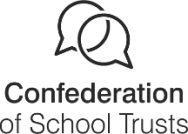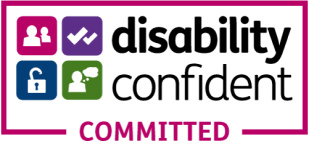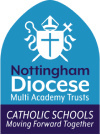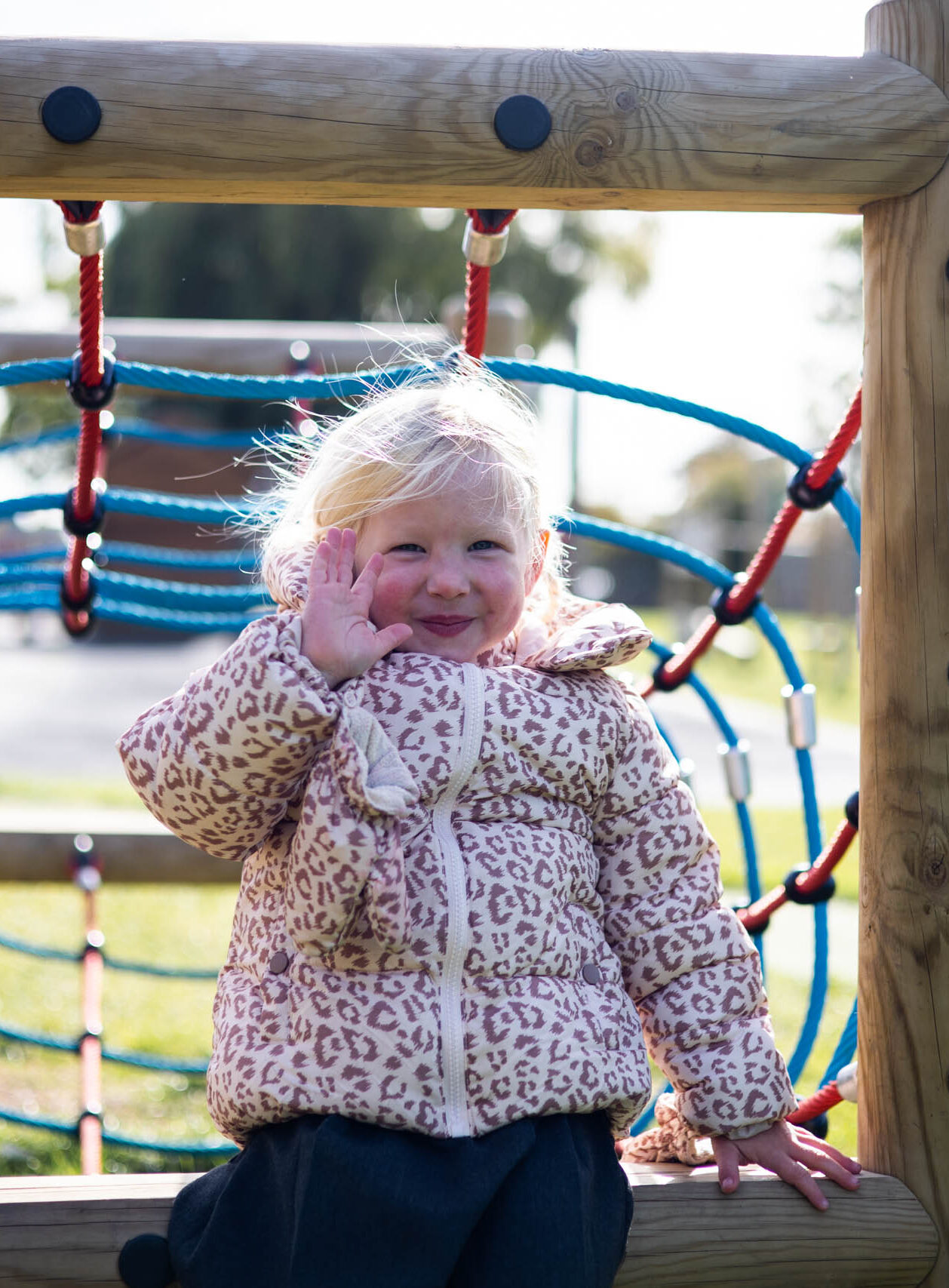
We value all in the name of Jesus the Christ
Welcome
A hidden gem in the heart of Cleethorpes! That is how our school was described by a recent visitor and it is a description we feel really encapsulates who we are. A small, nurturing, family-orientated school we have a village school feel where all children valued and at the heart of all we do in the centre of Cleethorpes.
We are a Catholic Primary Academy offering a Catholic education to all who choose it. We are a happy, faith based community where everyone is valued in the name of Jesus Christ.
We aim to provide a supportive and guiding environment to enable children to grow into confident, spiritual young people. We have high expectations of all children and strive to facilitate their learning to enable them to reach their personalised target. Our emphasis is on wellbeing; physical, mental and spiritual which is developed and nurtured through our forest school, our amazing new playground facilities, breakfast club, after school clubs and wrap around care provision.
Why not visit us and see for yourself what we can do to support you and your family on your child’s educational journey?





